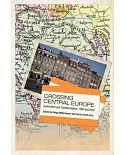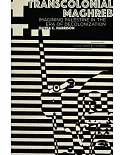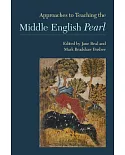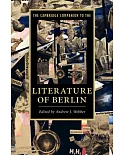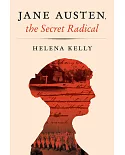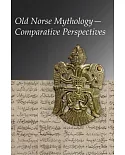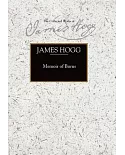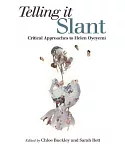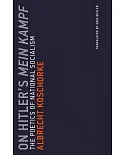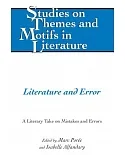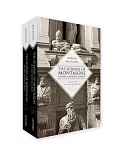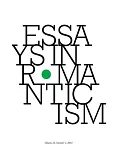Exploring the intertextual sources which have not previously been discussed by critics, this analysis reevaluates the broader role of images within Proust's novels which tend to be viewed as
isolated rather than as essential parts of a coherent network. Proust's writing is extraordinarily rich in images drawn from religious and mythical sources, which provide him a medium for
exploring such areas of love, sexuality, the workings of society, and the processes of artistic creation. In examining the specific figurative use of these images, this book makes an
important contribution to the definition of humor in Proust. Additionally, it offers a fresh perspective with the introduction of his manuscripts, correspondence, and early fictional
writing.




